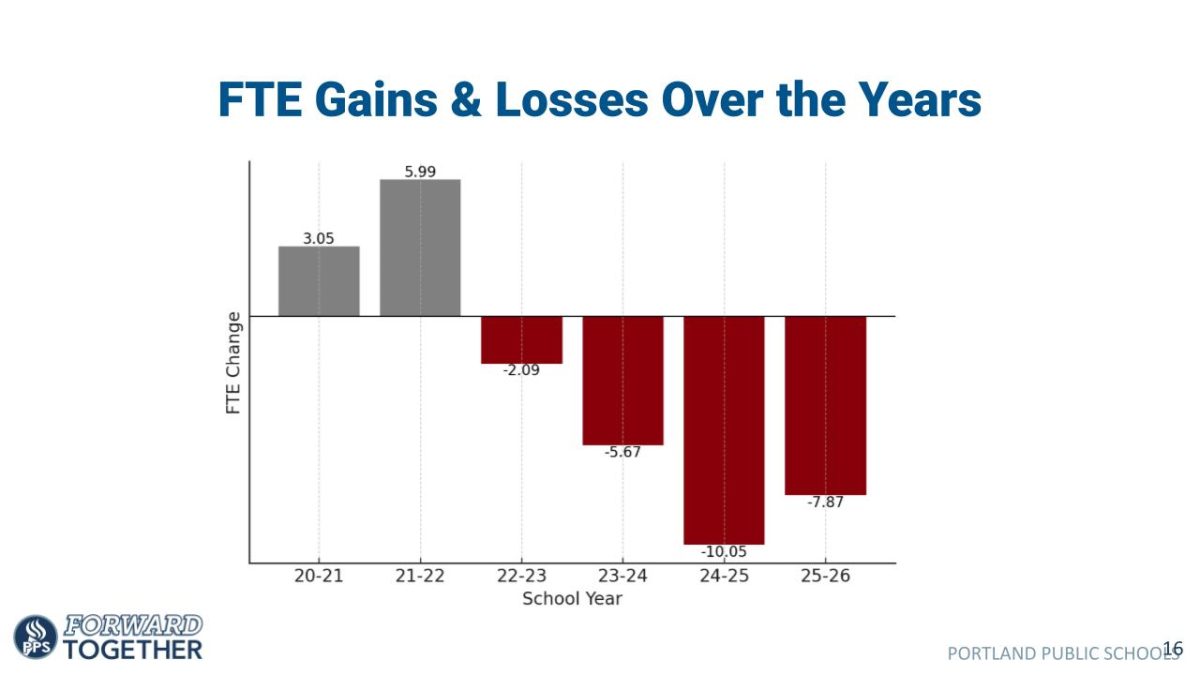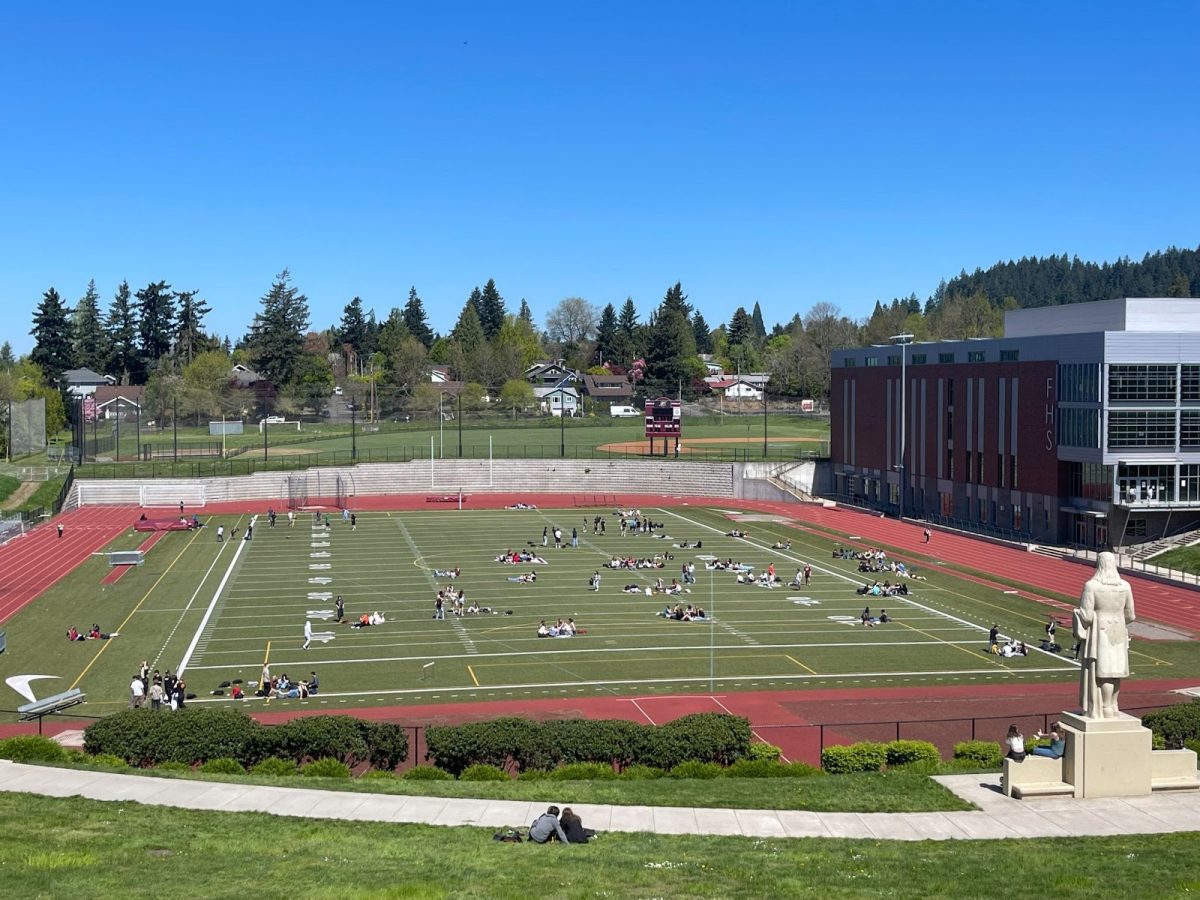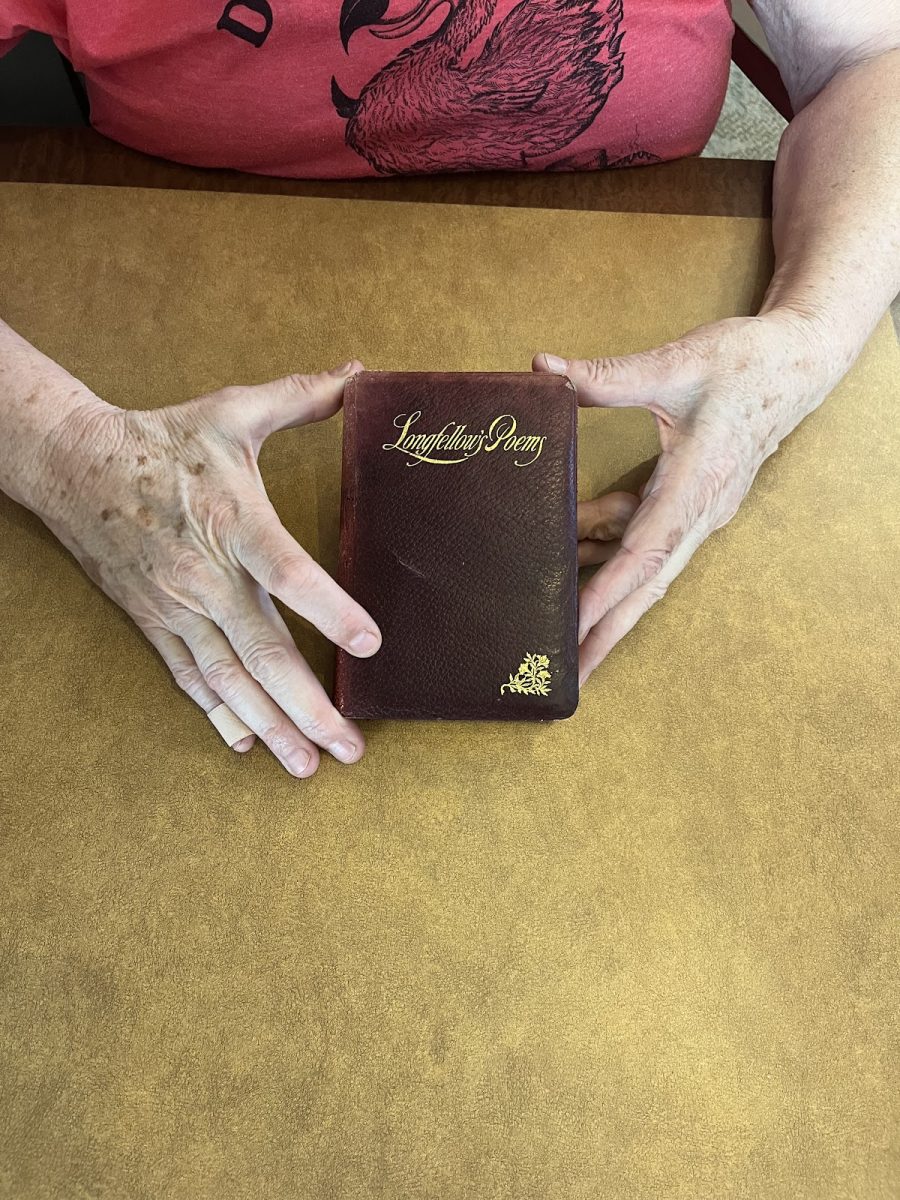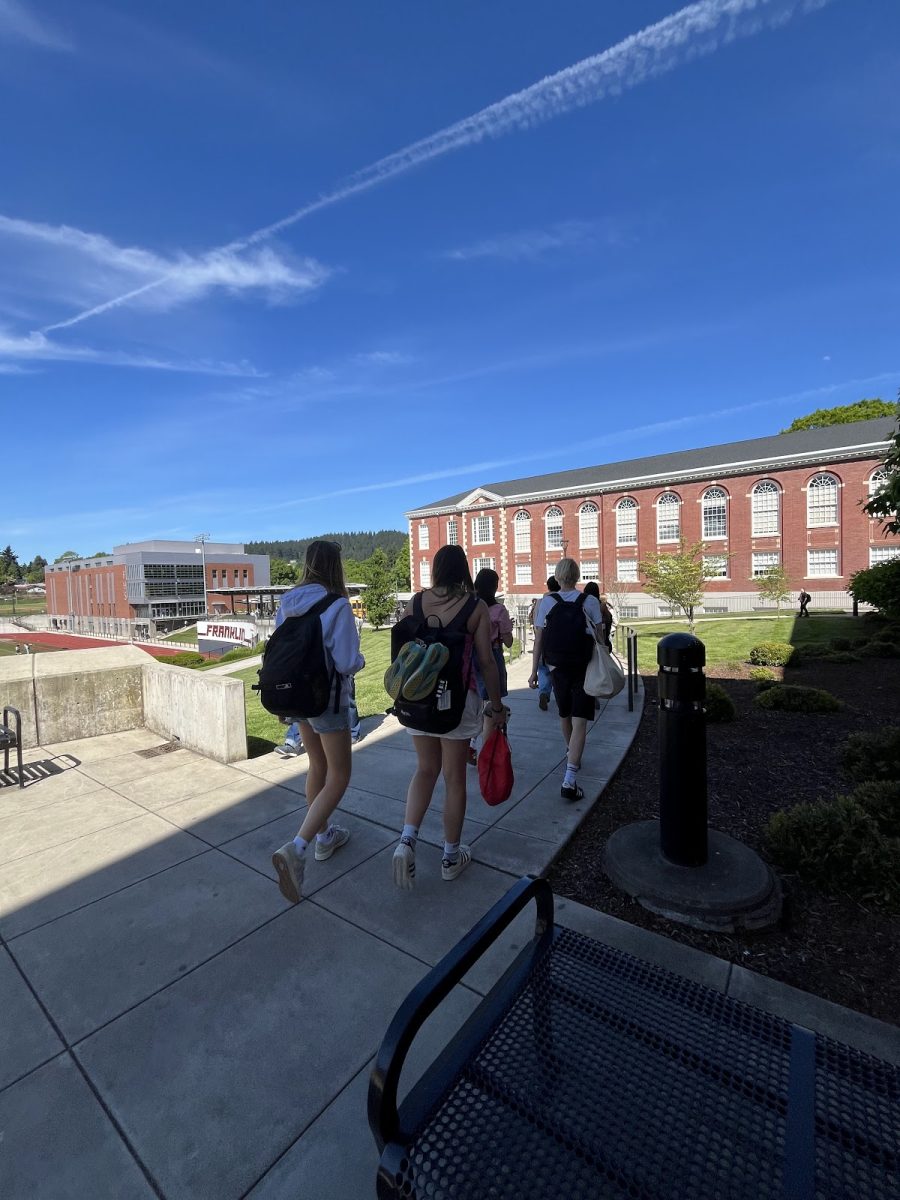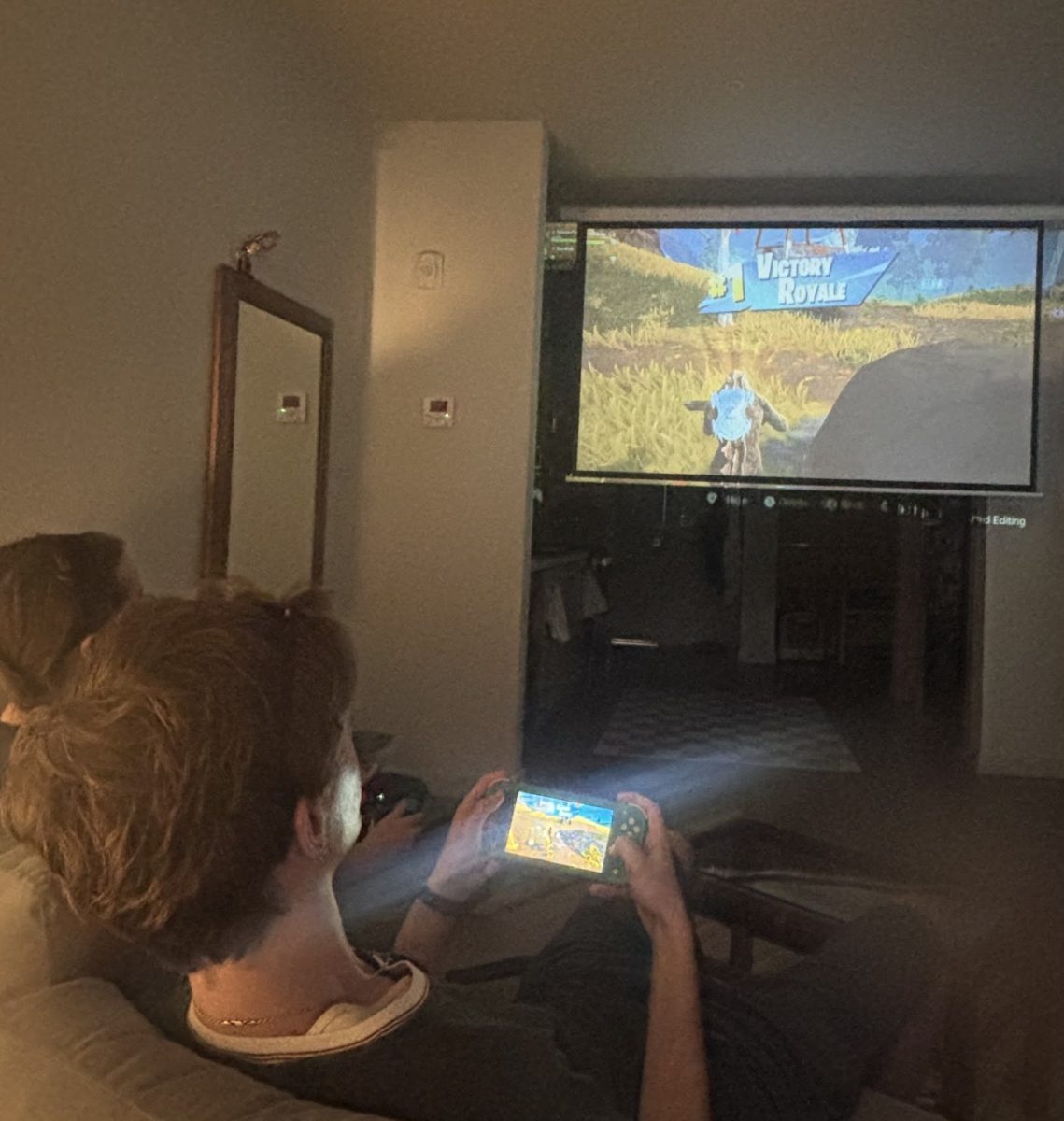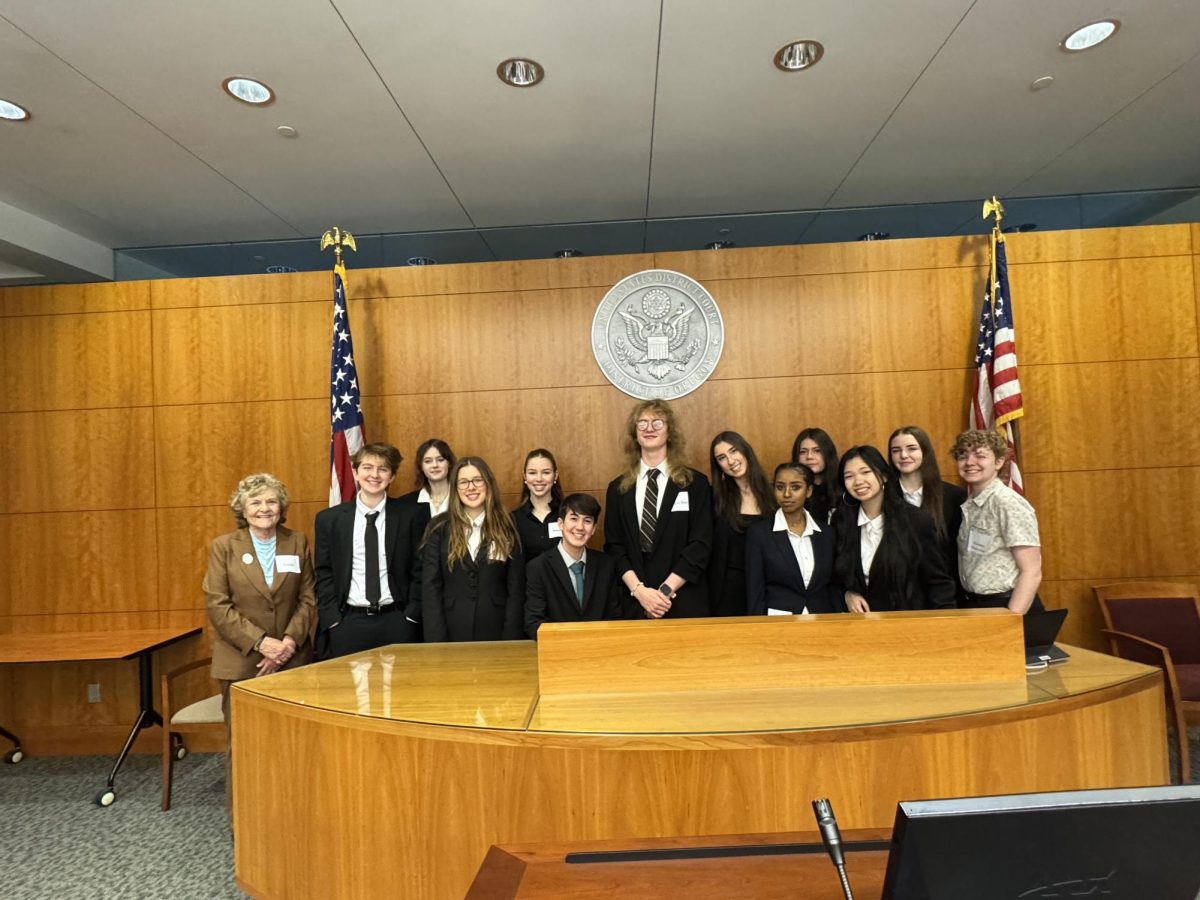Southeast Portland PPS schools will see lots of changes in the 2021-22 school year, including the opening of a new middle school, and the conversion of multiple K-8 schools into K-5 schools.
On Jan 12, the Southeast Guiding Coalition (SEGC) presented their “Phase 1 Reccomendation” to the school board. The recommendation centers around the opening of Kellogg Middle School in Fall 2021. It plans for Arleta, Marysville, Lent, and Bridger to abandon the K-8 model and convert to K-5 schools. Atkinson and Bridger Spanish Immersion strands combined with the other schools will feed into Kellogg Middle School.
This is the first phase of the district’s plan to redraw SE Portland schools. In coming years, PPS looks to convert Harrison Park School to a middle school, dropping the K-5 grades. It also plans to convert Creston School to a K-5, however it has not been decided which middle school Creston students will feed into. Mt. Tabor Middle School remains unchanged for 2021-22, but it will be impacted in later phases of the plan.
From September to mid-December, this group of students, parents, and administrators met weekly.
“The process of redrawing lines for PPS has been going on for over a decade,” says Martha Almendarez Langland, a parent on the SEGC. The SEGC was supposed to begin meeting in person in March, however due to COVID-19, the process was postponed, leaving only three months, September to December, for weekly virtual meetings. According to the meeting transcripts, many members of the SEGC felt that the time frame was too small to make such important decisions and create a well thought out proposal. Min Cai, a parent in the SEGC, wrote a statement of dissent for this recommendation, stating that the coalition only had three meetings to determine Kellogg feeders, and “due to the limited time for discussion, the recommendation was not well vetted, and the coalition still had questions—many of which remain unaddressed and unanswered.”
The rushed nature of this process made it difficult for the coalition to obtain adequate community input. Duncan Goddard, student representative in the coalition, says that the district “gave up” on getting student engagement early on in the process, as he was one of only three students in the coalition. Both Cai and Almendarez Langland also shared concerns with the lack of BIPOC (Black, Indigenous, people of color) representation in the coalition. Cai was the only Chinese speaker in the group, which is problematic due to the fact that many Chinese speaking families will be affected by the Dual-Language Immersion program (DLI) boundary changes.
“I am just a voice for some, not for all, because I cannot speak for all the Chinese-speaking families,” says Cai, who expresses frustration at being the only Chinese-speaking person on the SEGC. “Whenever there is a vote, especially about the language program, naturally I am outnumbered.”
The district also failed to provide translators for meetings until months into the process. Cai mentioned that there was no Chinese interpreter until the SEGC Open House, which was on November 19, two months into the process.
In Phase 2 of this plan, the DLI strands will be greatly affected. PPS aims to combine all Spanish-Immersion strands at Kellogg Middle School. Karen Werstein, Public Information Officer for PPS, says that “By bringing multiple strands together, it provides more scheduling opportunities for 6-8 students in their elective choices and it is less likely students are with the same students all day long. It offers the opportunity for a stronger program.” The benefits of combining the strands at Kellogg are clear, however some coalition members had concerns about what combining strands would mean for the community.
Almendarez Langland explains that PPS would like to center the DLI programs around the highest concentration of families that speak the language. “But to us, that translates to: Latinx Spanish-speaking people live over there, and are not part of inner-SE Portland. We don’t belong here. And a lot of parents have been saying this feels like segregational policy.” Cai seconds this notion, and mentions that some Chinese-speaking families in the DLI program feel segregated.
“PPS says they are following their Equity Focus Lens, but one of the main components of that is they have to have the feedback from other programs, other community partners, such as APANO and Latino Network,” says Almendarez Langland.
Meeting transcripts indicate that Almendarez Langland and Cai are not the only parents in the SEGC that feel the way the district has handled this process is inequitable. “You’re trying to tackle too much in a too short amount of time. Take a pause, solicit feedback from families of color to ensure that you aren’t perpetuating systemic racism by segregating and isolating students of color. The district needs to listen to diverse voices in this process,” says a parent via online meeting transcripts.
The district will begin Phase 2 of the redistricting process in Spring 2021.
If you are a student with ideas/opinions on the redistricting process, please reach out to Duncan Goddard at [email protected].



